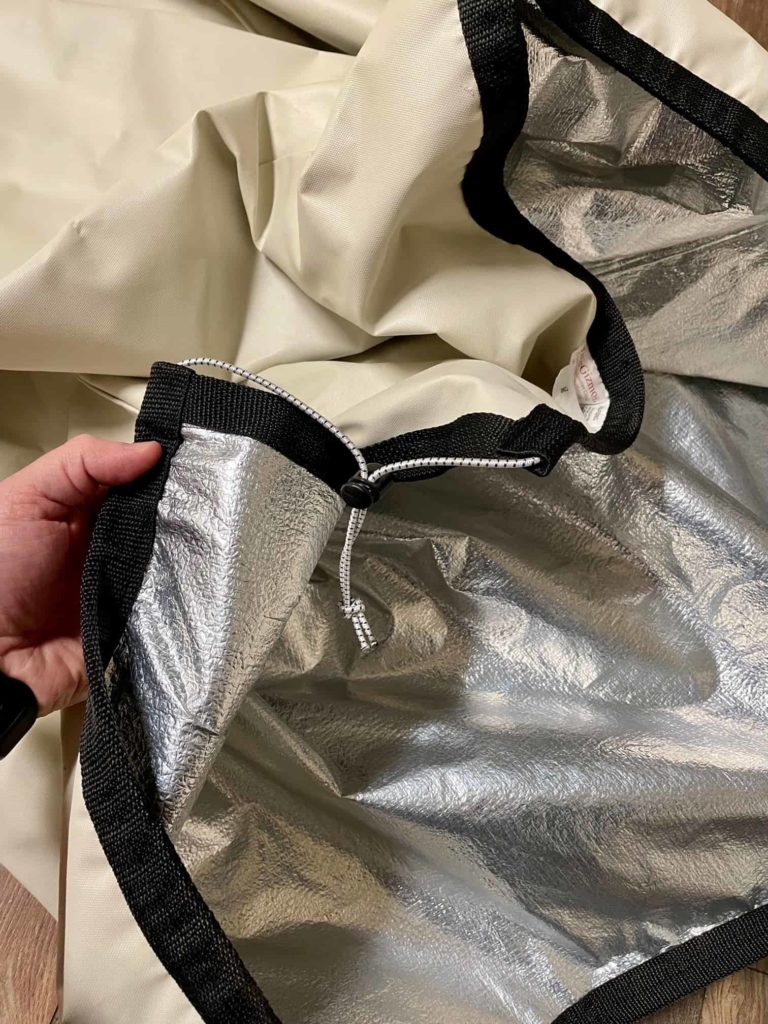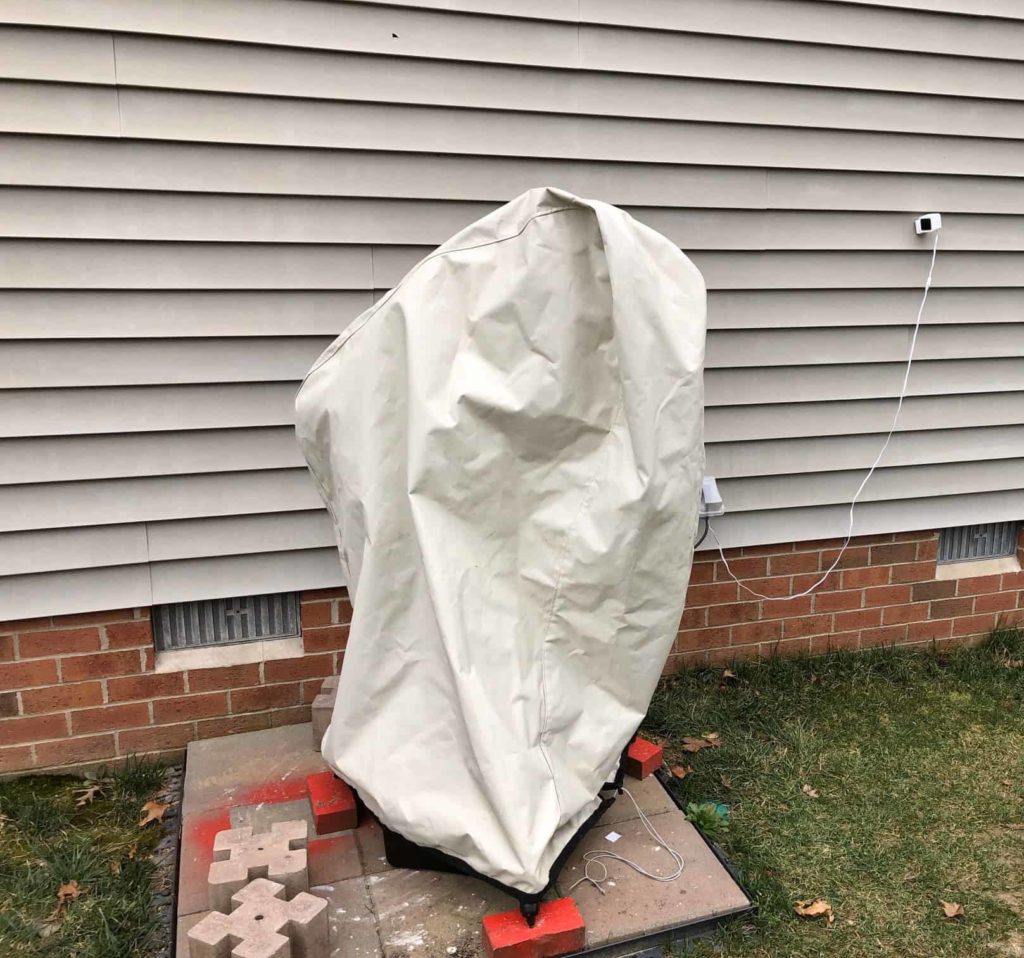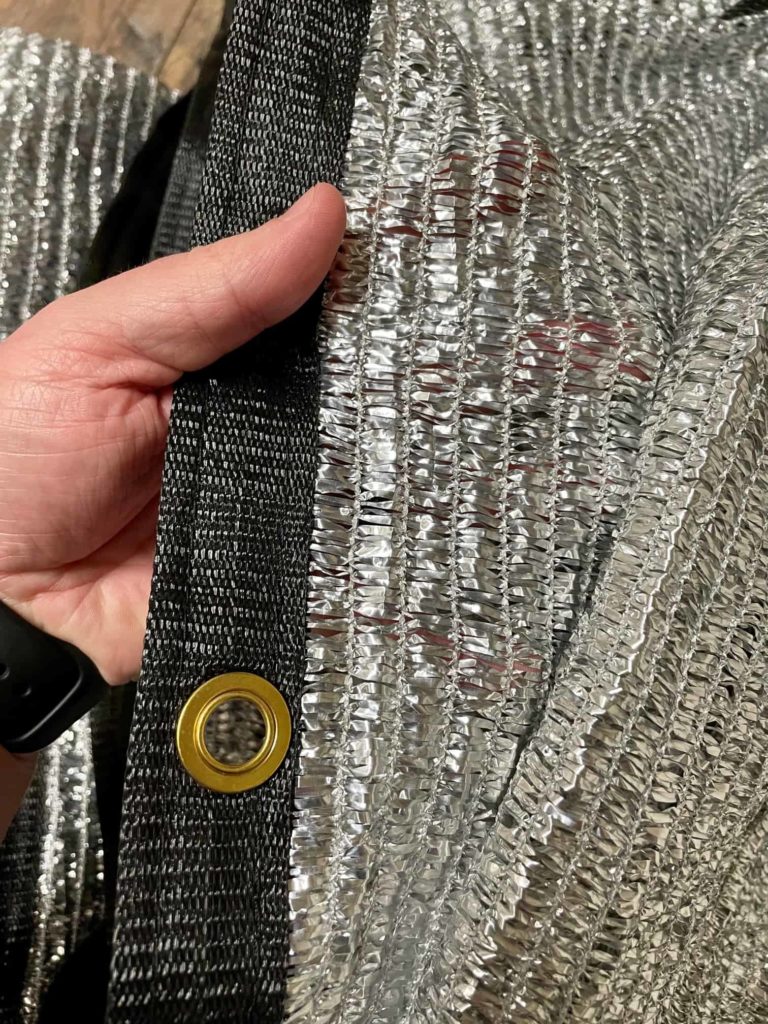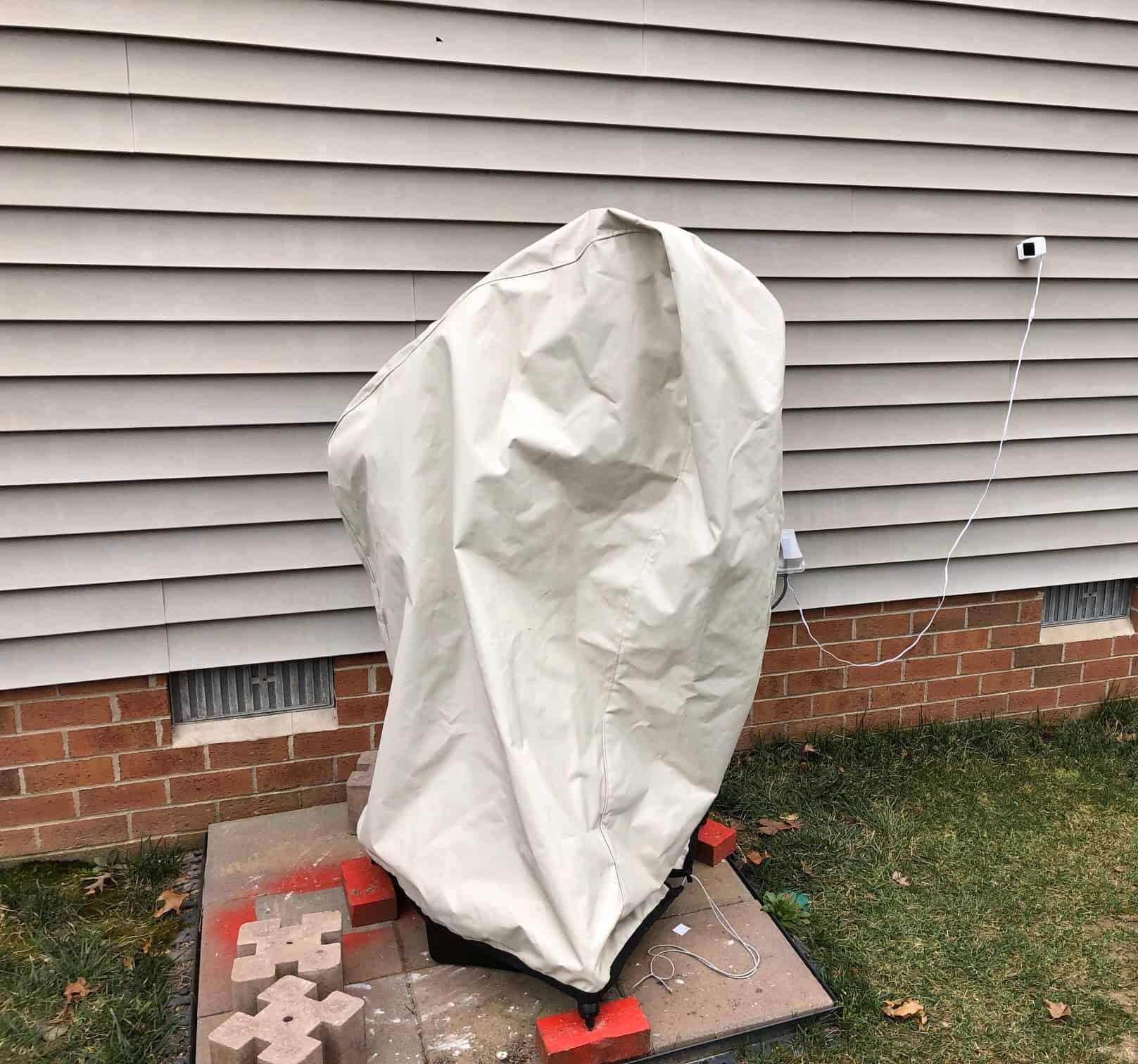Having your own observatory is the ultimate dream for every astrophotographer.
An observatory would allow you to leave all of your equipment set up 365 days a year without having to worry about damage from the elements.
You would no longer have to haul your equipment back and forth from the house, and you could also leave your mount polar aligned permanently.
Not only would you save a ton of time, but you would also be exponentially more likely to use your equipment.
There are a lot of reasons why the observatory dream is not attainable for most people. These reasons include permitting issues, not having enough space in your backyard, and not knowing if you are in your forever home.
The most obvious reason, however, is that they are insanely expensive. They have also become even more cost-prohibitive with recent lumber shortages and material price increases.
You can purchase pre-fabricated dome observatories, but even the cheapest options will still run you a few thousand dollars.
The best alternative option would be to use a combination of Aluminet and a Telegizmos 365 cover. Rather than spending thousands of dollars, total cost for this option will be around $200 maximum.
In this post, I will discuss these two covers and the pros and cons of using them as an observatory alternative.
Table of Contents
The Telegizmos 365 cover
This cover has been growing in popularity over the past couple of years, and aside from myself, I know quite a few people that own them.
This cover is designed to protect your equipment from the elements year-round, referring to the 365 in the name.
The companies’ original product was just a solar cover that protected your gear from the sun. They have basically taken this solar barrier and used it as the inner liner in the 365 covers.
The outer layer is made of acrylic-coated woven polyester. It is designed to resist mildew, protect from UV rays, resist abrasions, and of course, protect from water penetration.
The cover is American-made, and they warranty it for 1 year from the time of purchase, although I know people that have used it for much longer than that without any issues.
These covers come in many different sizes, but I would recommend the T3N8 version if you’re not sure which one to get.
It’s specifically designed to cover 8″ equatorial mounted Newtonians. So when you think about what an 8-inch Newtonian looks like on an EQ mount, you get a pretty good idea of how large this cover is.
This version is massive, and it may even be a bit of an overkill for your setup. However, I find it’s the one most people get when they don’t want to chance the cover being too small.
Pros
- Made from quality materials
- Holds up very well over time
- Other than fading, constant sun exposure doesn’t seem to be an issue
- Easy to put on quickly in the event of surprise rainfall
When you actually get your hands on one of these covers, you can feel how well made they are. We all know astrophotography gear is expensive.
I don’t know about you, but I’m looking for something that will give me confidence that it really is going to protect my equipment.

Based on my use and what I have heard from others who use it, this cover alone should work well for most people. I checked in with the person who recommended this particular cover version and asked him how his has held up.
He sent me a photo of his mount with the cover on it and told me he has left it outside for almost 3 years now. The only exception being major storms in the winter.

Cons
- Heat and humidity could be an issue
- Could use a way to fasten the bottom for wind protection
The main downside to using this cover as an observatory alternative, is really more so just a reality of leaving anything outside year-round.
If you live somewhere really humid, moisture can build up underneath the cover if you don’t take measures to prevent it.
It may be worth using a dehumidifier of some kind under the cover and periodically checking on your equipment. Large desiccant containers are said to work well as long as you regularly replace them.
The other con here is something that affects me personally, and that’s the heat.
I live in an area where it gets miserably hot in the summer; I’m talking 110 degrees for days at a time. So one disadvantage of the solar liner being on the inside, in my opinion, is that it doesn’t reflect sun rays as much as I would like it to.
When the heat can get in through the bottom of the cover, it almost creates a greenhouse effect. In this case, it would actually be cooler with the cover off than with the cover on.
There is a fascinating video test done on this by YouTuber James Lamb if you’d like to see exactly what I mean.
If you live somewhere where it’s sweltering as I do, you may also want the second item I mentioned in the intro; Aluminet.
Aluminet
Aluminet is something that has many different applications and uses cases. Even if I wasn’t into astrophotography, I would definitely still own some of this stuff.
People use it to cover all types of things such as their vehicles, greenhouses, dog crates, camping tents, or virtually anything you want to keep cool.
It is made from HDPE or High-Density Poly Ethylene, which is a petroleum-based plastic.
It’s the same material used to make milk jugs and shampoo bottles and is even found in 3d printing filament. It’s also used for Aluminet because it has an excellent strength to density ratio and a high melting point.
In Aluminet, the HDPE undergoes a metallization process and is then woven into a mesh-textured shade cover.

What makes Aluminet so great is that not only does its mirror-like coating reflect the sun, the mesh texture provides breathability.
If I apply this over the Telegizmos 365 cover, I notice a fairly significant drop in the temperature vs. using the Telegizmos cover alone.
If you’re like me and you live somewhere where it never rains in the summer, you could use cover alone during the daytime.
Conclusion
If money is no object and you want to build an observatory, by all means, go for it. It’s the ultimate dream, but there are a lot of hurdles to jump over, most notably the cost.
I’ve heard of all kinds of ideas for alternatives such as garden sheds, but even those can be very expensive.
When you get to a high price point, you enter a bit of a catch 22 situation. Most people would spend that money to upgrade their imaging equipment rather than buying a dome or other observatory alternative.
The Telegizmos T3N8 cover is $169, and a good-sized Aluminet cover is typically between $50 and $60.
You may not need both, but even if you do, it’s a small price to pay to be able to leave your equipment permanently set up and polar aligned all year long.

